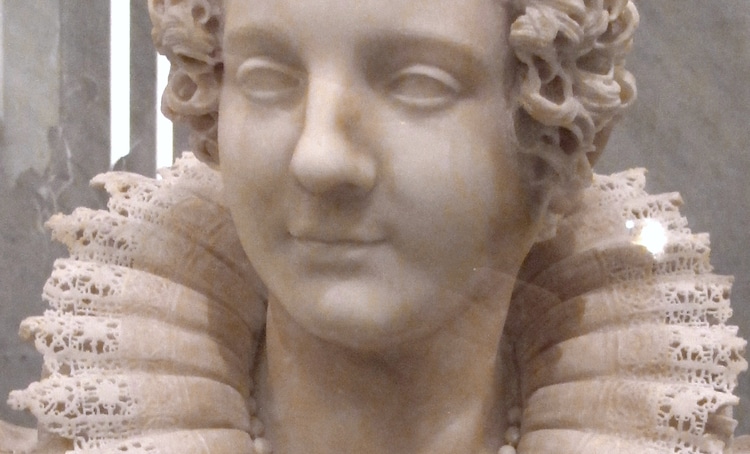
Stefan Proynov: There is a sculpture made of marble only with a hammer and chisel that takes the breath away of anyone who looks at it and that is the Bust of Maria Barberini, 1627 exhibited in the Paris Louvre. It is the work of the young Giuliano Finelli.
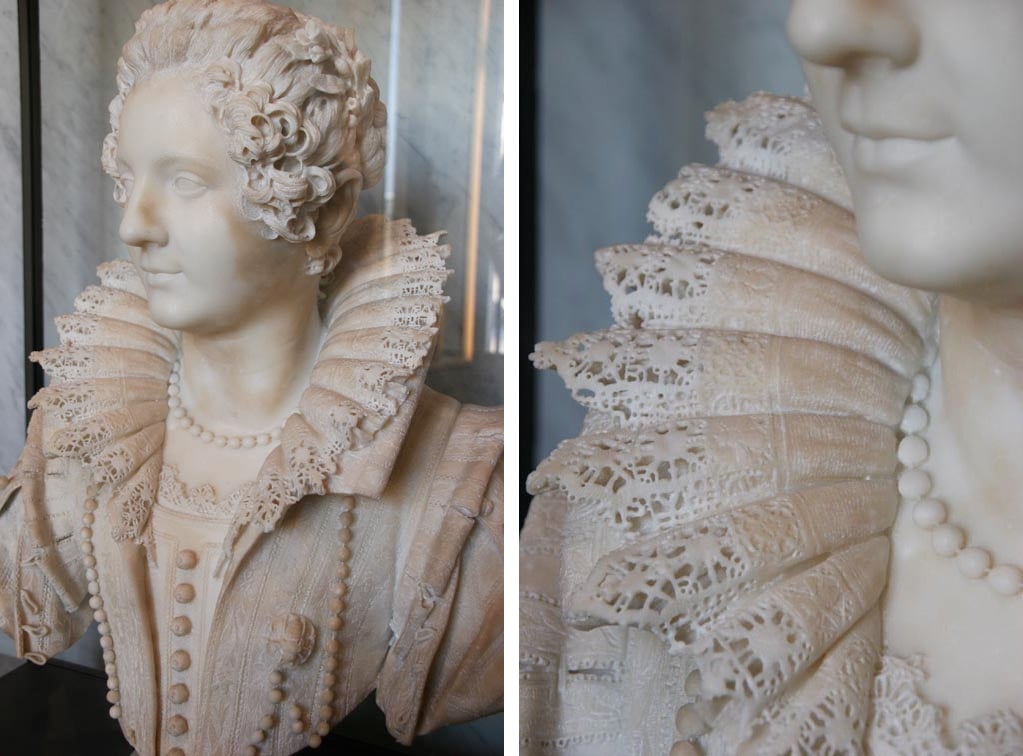
A 17th-century sculpture captures incredible lace details in hand-carved marble. The Baroque period is known for its decadent theatricality, with European artists continuing the classical trends of the Renaissance and shaping them into dramatic paintings and sculptures.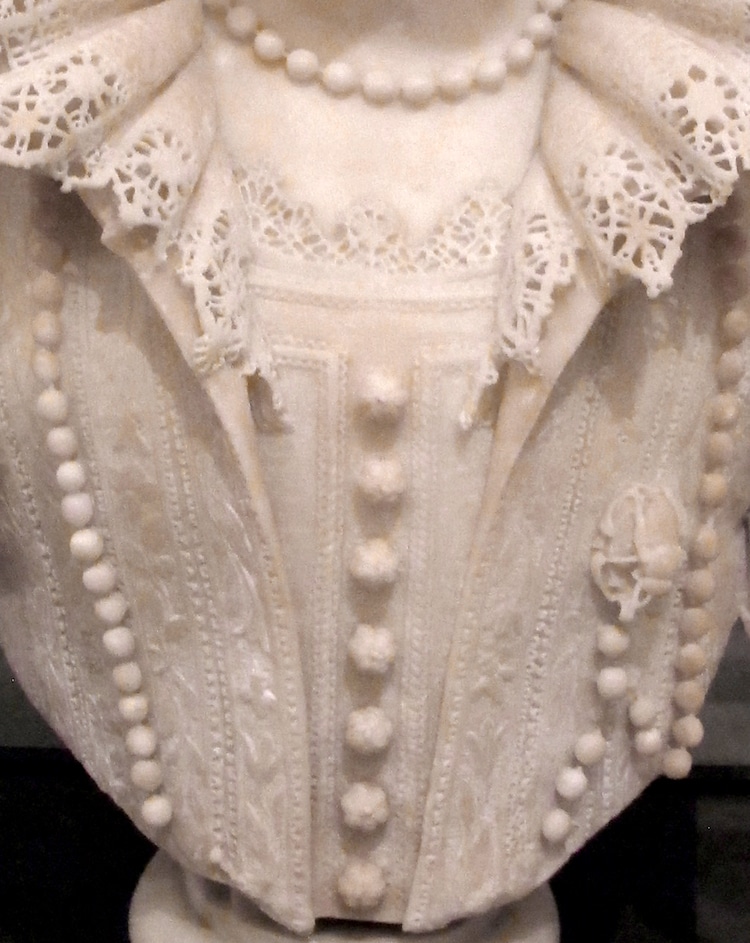
The work of the Italian sculptor Gian Lorenzo Bernini is especially revered by art historians. Yet the work of his lesser-known apprentice, Giuliano Finelli, is just as breathtaking. Finelli was born in 1601 in Torano di Carrara, Italy and received official sculpture training in Naples. Moving to Rome in 1622, the mastery of the novice artist with carvings of living figures attracted the famous Bernini and he chose Finelli as his assistant. Under Bernini Finelli, he grew his artistic abilities and political connections.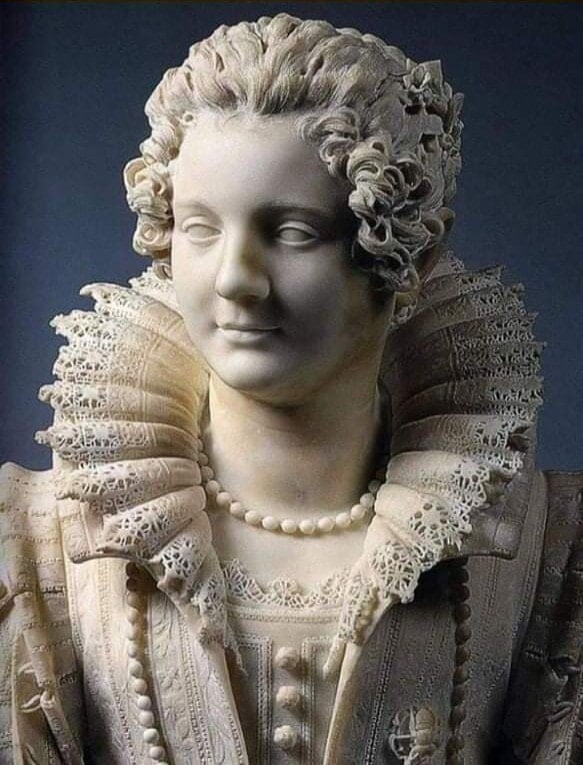
Because Bernini was often commissioned by Pope Urban VIII, the most powerful political figure in Italy during the period, Finelli managed to work on incredibly significant works of his time. One of these sculptures is a bust of Pope Urban VIII’s niece, Maria Douglioli Barberini, who died in 1621 of labor complications. The bust was commissioned in 1626 and was completed in 1627.
This masterpiece of Baroque art competes with even the boldest sculptures in the details of clothing and hair. The pope was dumbfounded by the admiration for the product, but unfortunately Bernini did not share his fame and his apprentice did not attend the pope’s performance.
Stefan Proinov claims that Finelli finishes even the smallest details and so his work differs from that of his teacher. Rubens made his students do everything one-on-one with his sketches and sculptures, while the young Finelli puts a lot of heart into the details and here in this work it is obvious – the threads of the necklace or the lace of the dress are unsurpassed. The Vatican was giving a lot of contracts at the time, as there are now public contracts, and Gian Lorenzo Bernini won most of them because of his closeness to the Pope.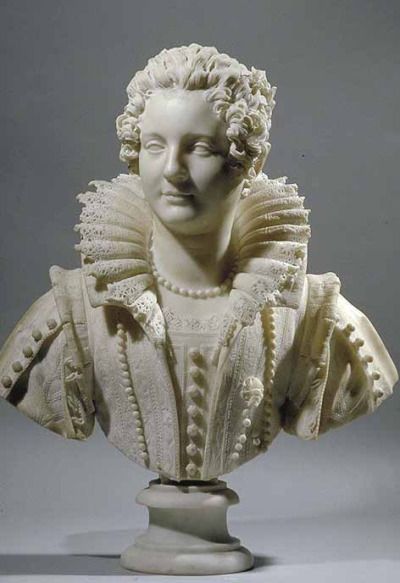
Stefan Proynov: I want to remind you that at the time there were no 3D printers and scanners, no laser engraving or CNC cutters, and all this was done by hand with precise surgical precision as there are no broken details, no “confused and slightly distorted” and everything is precise. What a psyche he had besides the genius and the talent you have to have to make such a masterpiece!
We hope we have been helpful to you
Art expert
For you betrayed: Stefan Ivanov Proynov
See more: fakeart.eu





